Backlog and organization efforts of the goatgodschild blog
Don't wanna be here? Send us removal request.
Text
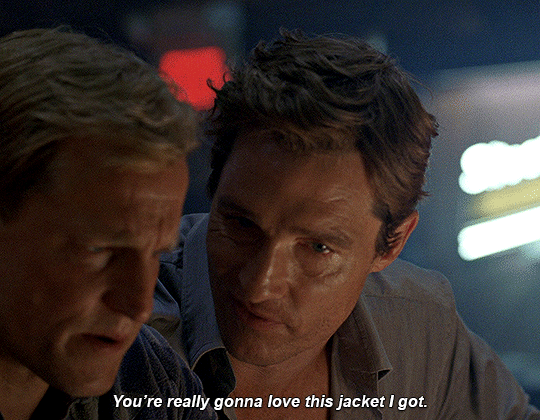



True Detective | 1x04 Who Goes There
1K notes
·
View notes
Text
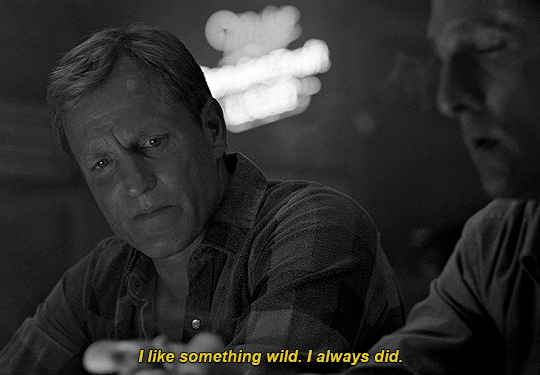








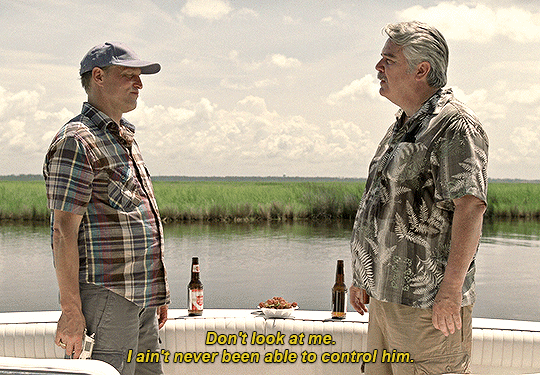
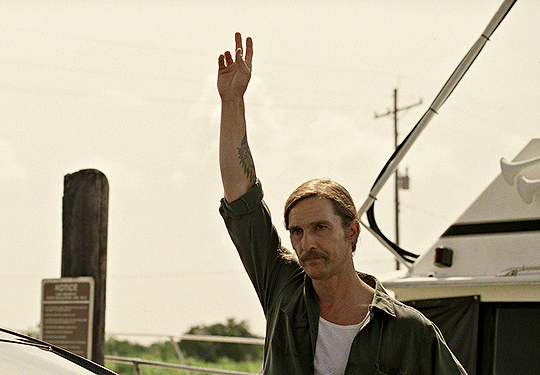

With all the dick swagger you roll, you can't spot crazy pussy?
9K notes
·
View notes
Photo
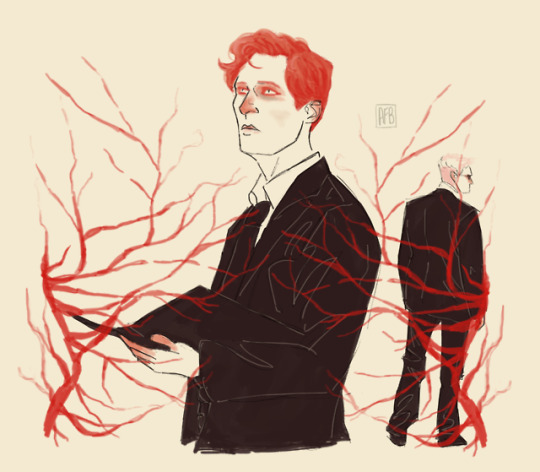
Hello True Detective fandom I still love you
692 notes
·
View notes
Photo

Statuette of Hippo
This faience hippopotamus statuette was found in Dra’ Abu el-Naga’ in western Thebes. The glossy blue glaze is the color of the Nile, where the animal lived, and the decoration shows various representations of fauna and flora that grew by the river. The flowers, papyrus plants, and perching bird, are depicted in black, linear forms. Such animal figurines were popular in tombs of the Middle Kingdom and the Second Intermediate Period.
The hippopotamus was associated with the fertility of the Nile mud or silt. The hippopotamus goddess Taweret was, moreover, a protector goddess of women and newly born children. Figurines of her were used as amulets to drive away danger.
An emblem of goddess, the hippopotamus conversely significant evil at other times. The animal appears in Nile hunting scenes on mastaba tomb walls of the Old Kingdom period as hunting was a pursuit of noble people. At the same time, the scene symbolized the victory of right and order over chaos and disorder.
Made of Egyptian faience. Middle Kingdom, 11th Dynasty, ca. 2134-1991 BC. Now in the Egyptian Museum, Cairo. JE 21365
163 notes
·
View notes
Photo
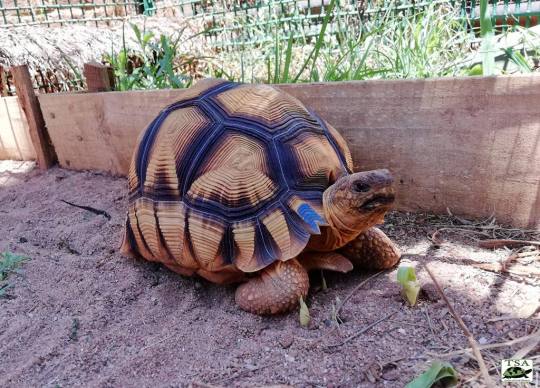
Ploughshare Tortoise Conservation
A young Ploughshare Tortoise (Astrochelys yniphora) confiscated from the illegal black market pet trade enjoys time outdoors in the safety of one of our facilities in Madagascar. Poaching for the pet trade has driven this species to ecological extinction in the wild, and it is considered the world’s most endangered tortoise. Recently, the TSA finished construction on our new secure facility for this species. Read about it in the upcoming issue of Turtle Survival, our annual magazine, due in homes in December.
READ MORE: https://turtlesurvival.org/
Photo credit: Ny Aina Tiana Rakotoarisoa
45 notes
·
View notes
Photo


The evolution of parental care diversity in amphibians
Parental care can take many forms but how this diversity arises is not well understood.
Analyses of over 1300 amphibian species show that different forms of care evolve at different rates, prolonged care can be easily reduced, and biparental care is evolutionarily unstable.
The Amphibians include frogs and toads, salamanders and newts, and the worm-like caecilians. The majority of amphibian species abandon their eggs immediately after spawning and provide no parental care.
However, particularly in the tropics, different species exhibit a remarkable diversity of parental care forms. For example, some species guard and protect their eggs against predators, parasites or dehydration; others carry around eggs or tadpoles on their back or brood them inside their stomach, mouth, or even embedded under their skin on the back.
In some tropical frogs, the mother feeds her tadpoles with unfertilized eggs, while some salamanders and caecilians give birth to fully developed juveniles. Why is parental care so different amongst species and how did it evolve? My postdoc advisor, Isabella Capellini, and I wanted to understand how such diversity evolves, is maintained, or is lost…
Read more: https://natureecoevocommunity.nature.com/users/314496-andrew-furness/posts/54859-the-evolution-of-parental-care-diversity-in-amphibians
300 notes
·
View notes
Link
Instagram: instagram.com/imkhalidsharif
26 notes
·
View notes
Photo
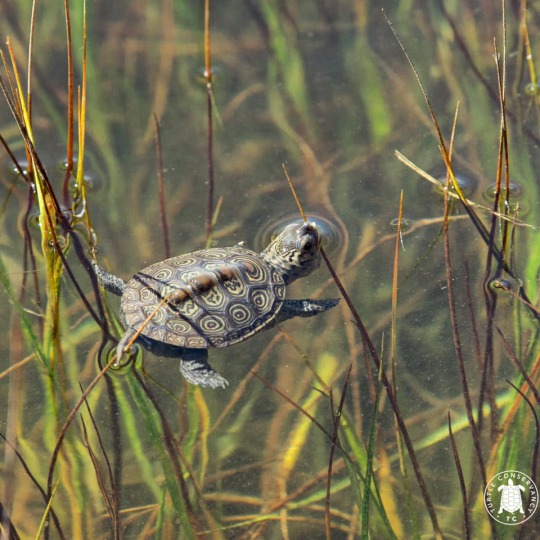
Diamondback Terrapin Conservation
The Turtle Conservancy along with our amazing partners, The Terrapin Nesting Project & @tnp_leeds_point and a community of caring citizens worked together to release over 4,500 hatchling Diamondback Terrapins along coastal New Jersey!
Through the efforts of all partners involved that include protecting nests and releasing hatchlings into the bay, terrapin numbers are on the rise!
via: Turtle Conservancy
59 notes
·
View notes
Photo

For the love of the Ram. Ram is symbolic of mental powers, high standards, a thirst for Gnosis, imagination and constant transformations demanding action. Deities connected to the ram are the Greek gods Zeus, Apollo and Hermes, the Celtic Cernunnos and the goddess Danu, the Egyptian god Amun Ra, the Indian gods Indra and Agni, and the Middle Eastern gods Baal and Ea.
219 notes
·
View notes
Photo

Grand Canyon National Park, Arizona, USA
Grand Canyon is considered one of the natural wonders of the world because exposed geologic strata, layer upon layer, rise over a mile above the Colorado River, and represent one of the most complete records of geological history in the world.
via: National Park Service
11 notes
·
View notes
Photo

Arctic National Wildlife Refuge, Alaska
Arctic National Wildlife Range was established in 1960 to preserve unique wildlife, wilderness and recreational values. In 1980, the Alaska National Interest Lands Conservation Act (ANILCA) re-designated the Range as part of the Arctic National Wildlife Refuge, and provided four purposes that guide management of the entire Refuge: to conserve animals and plants in their natural diversity, ensure a place for hunting and gathering activities, protect water quality and quantity, and fulfill international wildlife treaty obligations.
Read more: https://www.fws.gov/refuge/Arctic/about.html
10 notes
·
View notes
Photo










Though uncommon, maned lionesses have been regularly sighted in the Mombo area of Botswana‘s Okavango Delta (including the individual pictured below), where the lion population may carry a genetic disposition toward the phenomenon, according to Luke Hunter, president of the big-cat conservation group Panthera, which collaborates with National Geographic’s Big Cats Initiative.
Such masculine females likely occur when the embryo is disrupted, either at conception or while in the womb, he said by email. “If the former case, the genetic contribution of the sperm—which determines the sex of the fetus in most mammals—was probably aberrant, giving rise to a female with some male characteristics. Alternatively and perhaps more likely, the problem may have occurred during gestation if the fetus was exposed to increased levels of androgens— male hormones such as testosterone.”
If a lion mother had abnormally high androgens during pregnancy, her female offspring may end up “masculinized”—a situation that occurs occasionally in people but which is rarely observed in wild animals.
Whatever the case, such lionesses would likely be infertile but otherwise “perfectly capable” of surviving, Hunter noted. In fact, their manes may actually be a boon to the pride—for instance, if the female is perceived as a male, she may better defend kills from hyenas or the pride from attacks by foreign males.
Keep reading
665 notes
·
View notes
Text
14
i was fourteen and mourning. no loss compared to the one i had suffered, and i sought companionship desperately to fill the aching void it had left in me
a whole, a hole
i was fifteen and i had been told to be careful of strangers but they spoke to me so sweetly and what fills the void of one like two? they told me i was sweet, they told me i was cute, they told me i was different and so were they
one becomes three became one
months worth of conversations. they were godly, i was godly, we were together against all else. the world would go on and we would be unchanged by it. i dreamt of sinking into concrete, held trapped. if the lies spill into the heart and the gut which will fill first to drown me?
i found my own gods. i ghosted the false ones. i am gifted an iron spine. i am held more completely by the gods in earth and air and sky than their hands could ever have held me. i fear their silhouettes. disgust and anger beat longing down.
i am twenty-two and my martyr’s heart is kindled, burning. i am more than they were.
pick up your burning sword, lift the haloed head whether it be wreathed in flower or dark fire. the martyrs footsteps never cease, until they do. the martyrs resolve must be unfaltering, until it isn’t.
even we must sleep.
21 notes
·
View notes
Text
On vulnerability

They say that they want to see men be vulnerable.
What they really want is for men to offer more pre-packaged neat little tales of overcoming the right kinds of vulnerability. The same is often also true of women.
Nobody wants to sit next to the guy who is crying at their desk. Men not crying is capital-B Bad (that’s catechism by now), but do you really want to deal with real-life Dan, who is real-life lowkey weeping into his coffee mug now? Of course you don’t.
You don’t know why vulnerable Dan is crying. If his cat died, a hug and some kind words may suffice. But if he just got a bad diagnosis, is it now your job to help him with the stuff his diagnosis makes difficult? A few months down the line, do you have to worry that nobody is visiting him in the hospital?
Even worse, what if his tears are the worst kind - male tears, or tears that come up in gendered scenarios? You can comfort him on his breakup with his girlfriend, but without any more info, you could be comforting an abuuuuuuser, and that’s a bad look. Even if we don’t assume he’s a monster, these male tears must be evidence of entitlement to his ex, and we can’t have that.
Unsolved personal problems make us uncomfortable because we often feel the need to help, which can be annoying or even impossible. The good vulnerability (the one everyone asks for) is mostly just telling socially-acceptable secrets, not actually being vulnerable as in the “needs special care” dictionary definition.
This doesn’t mean that Dan shouldn’t cry. Just that Dan’s tears are good only in theory. Or, perhaps they’re good in reality, but only far away and in front of someone else so Dan can come back with digestable stories about vulnerability rather than the real thing.
The next time you hear “men should be more vulnerable,” ask whether this is a plea to understand the struggling men in one’s life, or just a scolding for not doing feelings right.
254 notes
·
View notes
Photo

Malaysia’s last known Sumatran rhino dies
The Sumatran rhino is now officially extinct in Malaysia, with the death of the last known specimen.
The 25-year-old female named Iman died on Saturday on the island of Borneo, officials say. She had cancer.
Malaysia’s last male Sumatran rhino died in May this year.
The Sumatran rhino once roamed across Asia, but has now almost disappeared from the wild, with fewer than 100 animals believed to exist. The species is now critically endangered.
773 notes
·
View notes
Photo
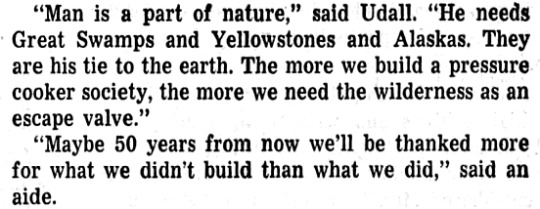
The Post-Crescent, Appleton, Wisconsin, April 21, 1968
2K notes
·
View notes
Photo
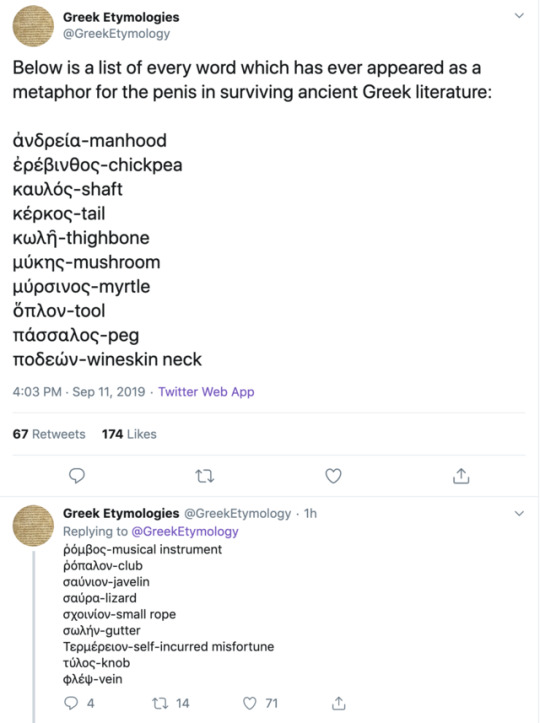


classics is a delightful field
629 notes
·
View notes